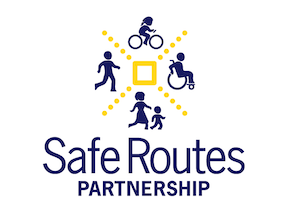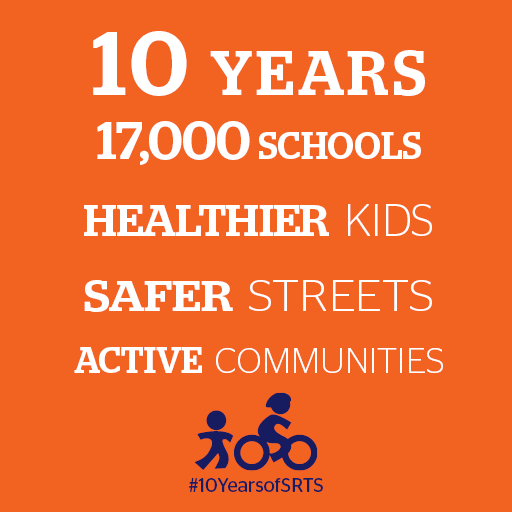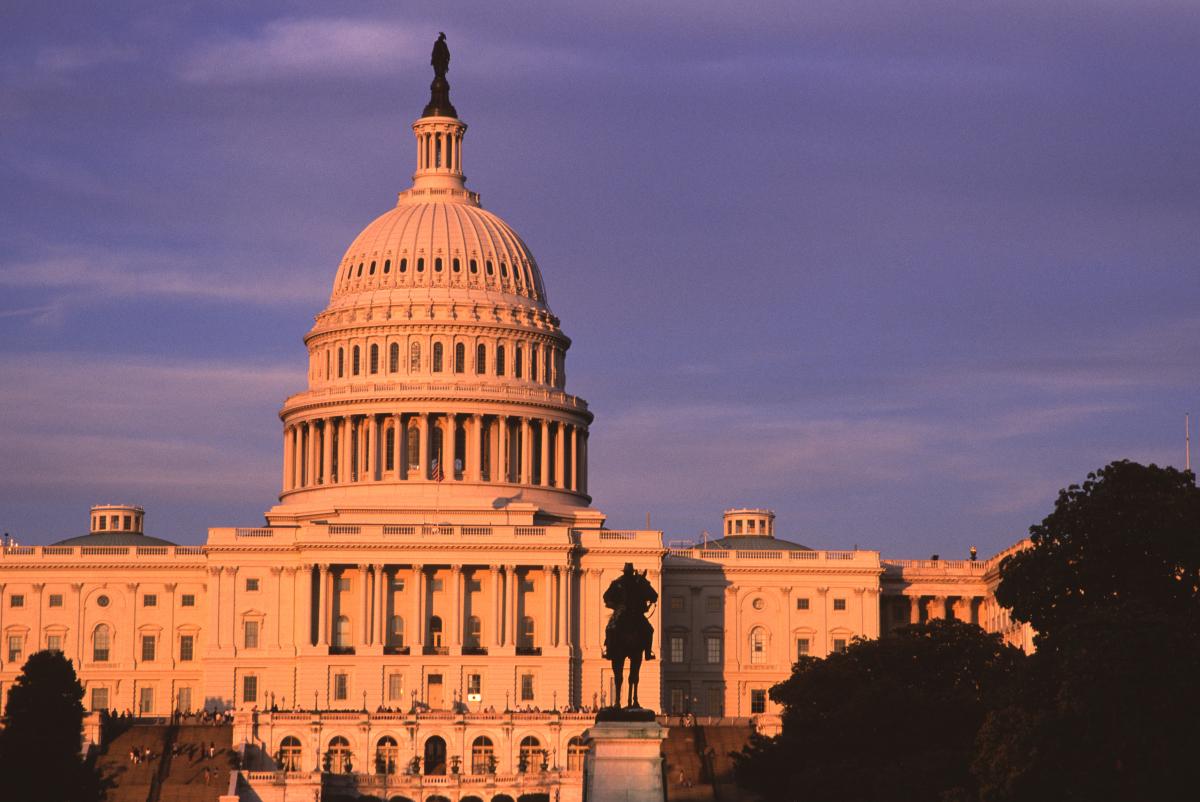 As we are all thinking of getting more physically active this May for National Physical Fitness month, it only makes sense that we look at policies and practices to increase access to opportunities to be more physically active. This brings us to shared use, of course!
As we are all thinking of getting more physically active this May for National Physical Fitness month, it only makes sense that we look at policies and practices to increase access to opportunities to be more physically active. This brings us to shared use, of course!
Resource Library
The calculator is fully customizable to local school districts and contexts
This is the first in a series of blog posts highlighting pivotal moments in the history of the Safe Routes to School movement.
Dear Deb and Wendi: Thank you so much for creating the Safe Routes to School program sixteen years ago. It has really made a difference at Kent Middle School. I now walk to school every day I have a chance to. Sixty percent of our school now travels green, and it is truly because of the commitment you two have made. – Kent Middle School student, 2015
This website describes the initiatives of the Schools Uniting Neighborhoods (SUN) System, which supports joint use in an urban setting.
Written by Risa Wilkerson, Safe Routes Partnership Board Chair
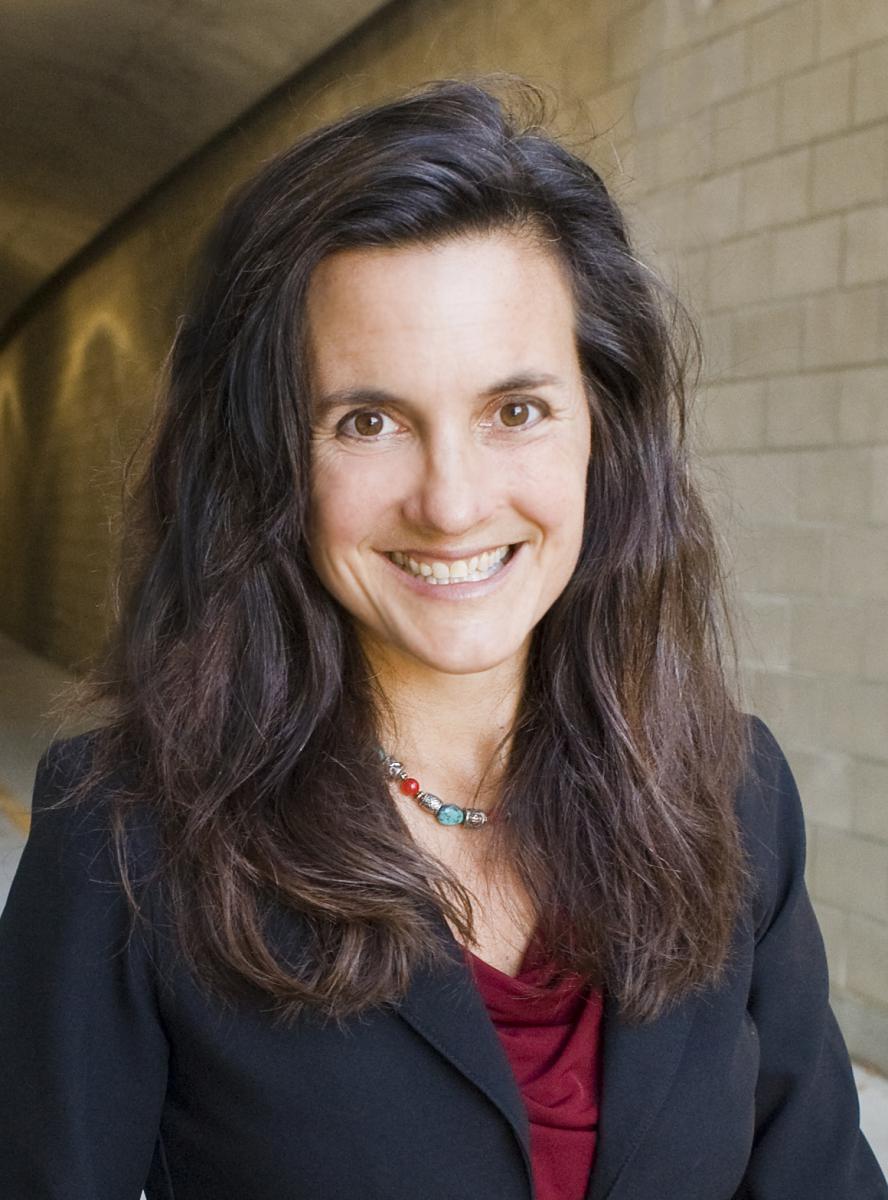 It is with a heavy heart today that the Safe Routes Partnership (Safe Routes Partnership) mourns the passing of its founder, Deb Hubsmith. Her family announced the news yesterday afternoon.
It is with a heavy heart today that the Safe Routes Partnership (Safe Routes Partnership) mourns the passing of its founder, Deb Hubsmith. Her family announced the news yesterday afternoon.
This guide provides information about LEED-ND (Leadership in Energy and Environmental Design for Neighborhood Development) standards and how they can support neighborhood sustainability.
This study measures the impact of a walking school bus program on active transportation in an urban, low-income elementary school.

"Deb was so firmly committed to creating a better future for our children, and she will be missed." -- United States Surgeon General Dr. Vivek Murthy, in a tribute to Deb Hubsmith at the 2015 Walking Summit in Washington DC.
This document provides information about the methodology and a user guide for WHO's tool for economic assessment of the health effects of walking and cycling.
This guest blog post was written by Nancy Pullen Seufert, Director of the National Center for Safe Routes to School.
This blog post was co-written by Safe Routes Partnership staff Keith Benjamin, community partnerships manager, and Mikaela Randolph, community engagement and evaluation manager.
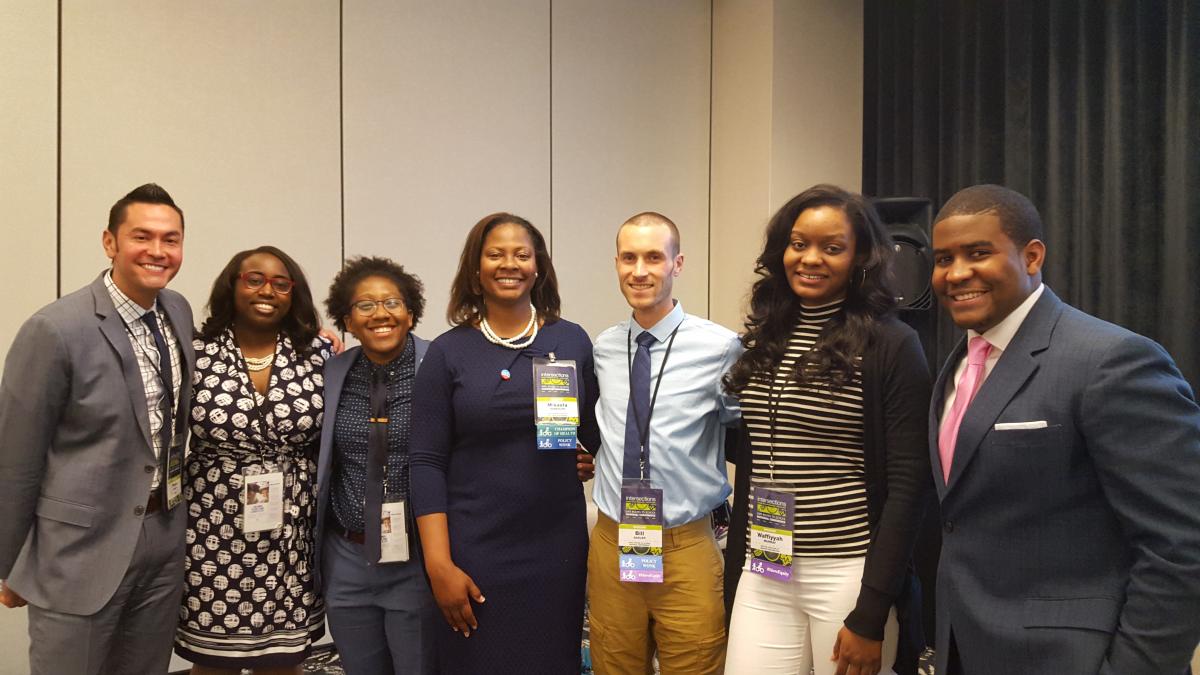 "Sometimes we have to tokenize ourselves for the sake of pushing the movement forward."
"Sometimes we have to tokenize ourselves for the sake of pushing the movement forward."
This 2013 Institute of Medicine report is based on work by a committee of experts assembled at the request of the Robert Woods Johnson Foundation due to the disturbing trends of increased sedentary lifestyles and decreased health metrics among US children and youth.
 Welcome to my new blog on federal policy!
Welcome to my new blog on federal policy!
 Like a number of my colleagues, I have the privilege of writing my first post as I prepare to travel on work-related business.
Like a number of my colleagues, I have the privilege of writing my first post as I prepare to travel on work-related business.
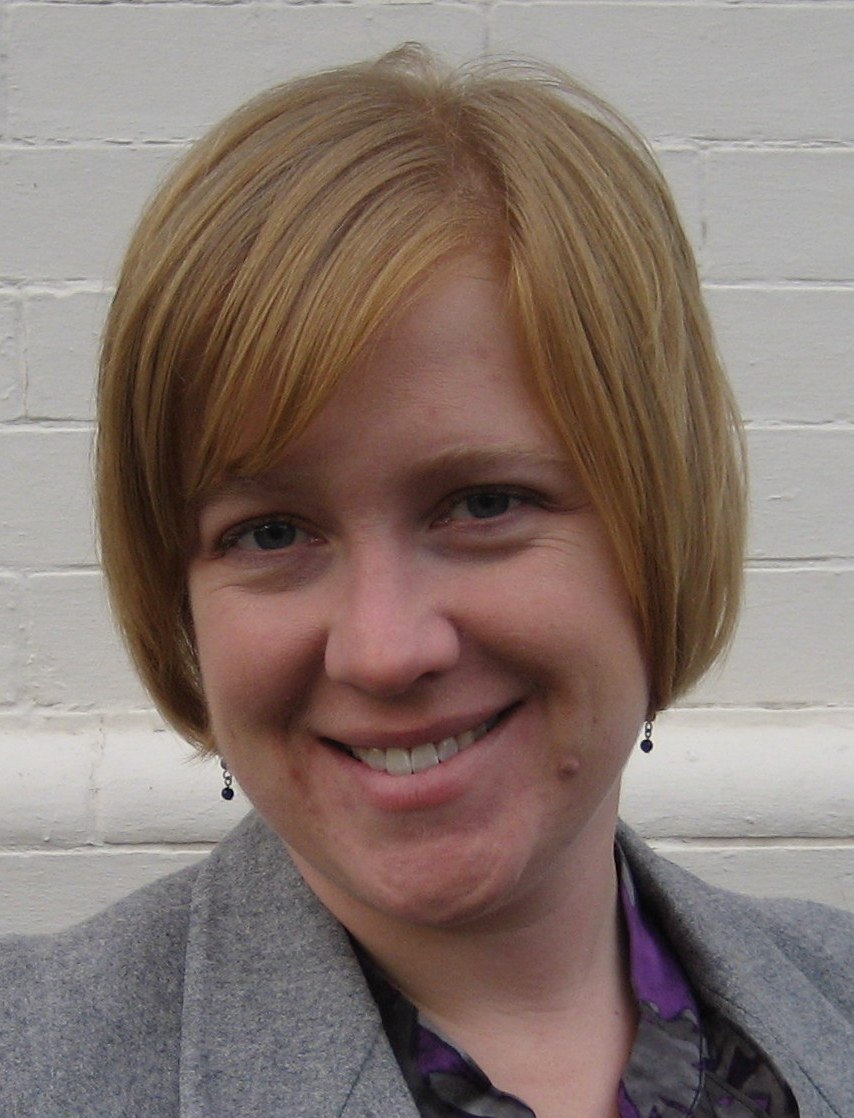 Two very diverse states and a federal district. The Greater Washington region of the District of Columbia, Maryland and Virginia is certainly an interesting place to live for many reasons. But it is an even more interesting place to work, especially when working in the policy realm.
Two very diverse states and a federal district. The Greater Washington region of the District of Columbia, Maryland and Virginia is certainly an interesting place to live for many reasons. But it is an even more interesting place to work, especially when working in the policy realm.
 April 2-8 is National Public Health Week, a time to reflect on what we can be doing personally each day, and in our homes, communities, schools, states and across the nation to support public health and prevention.
April 2-8 is National Public Health Week, a time to reflect on what we can be doing personally each day, and in our homes, communities, schools, states and across the nation to support public health and prevention.
 Just this morning I was enjoying my favorite aspect of walking to school with my boys – the occasional grabbing of my hand by my 1st grader. I was soaking it up, I know these moments are fleeting as I watch my 3rd grader walking up ahead at his own pace, in his own thoughts.
Just this morning I was enjoying my favorite aspect of walking to school with my boys – the occasional grabbing of my hand by my 1st grader. I was soaking it up, I know these moments are fleeting as I watch my 3rd grader walking up ahead at his own pace, in his own thoughts.
